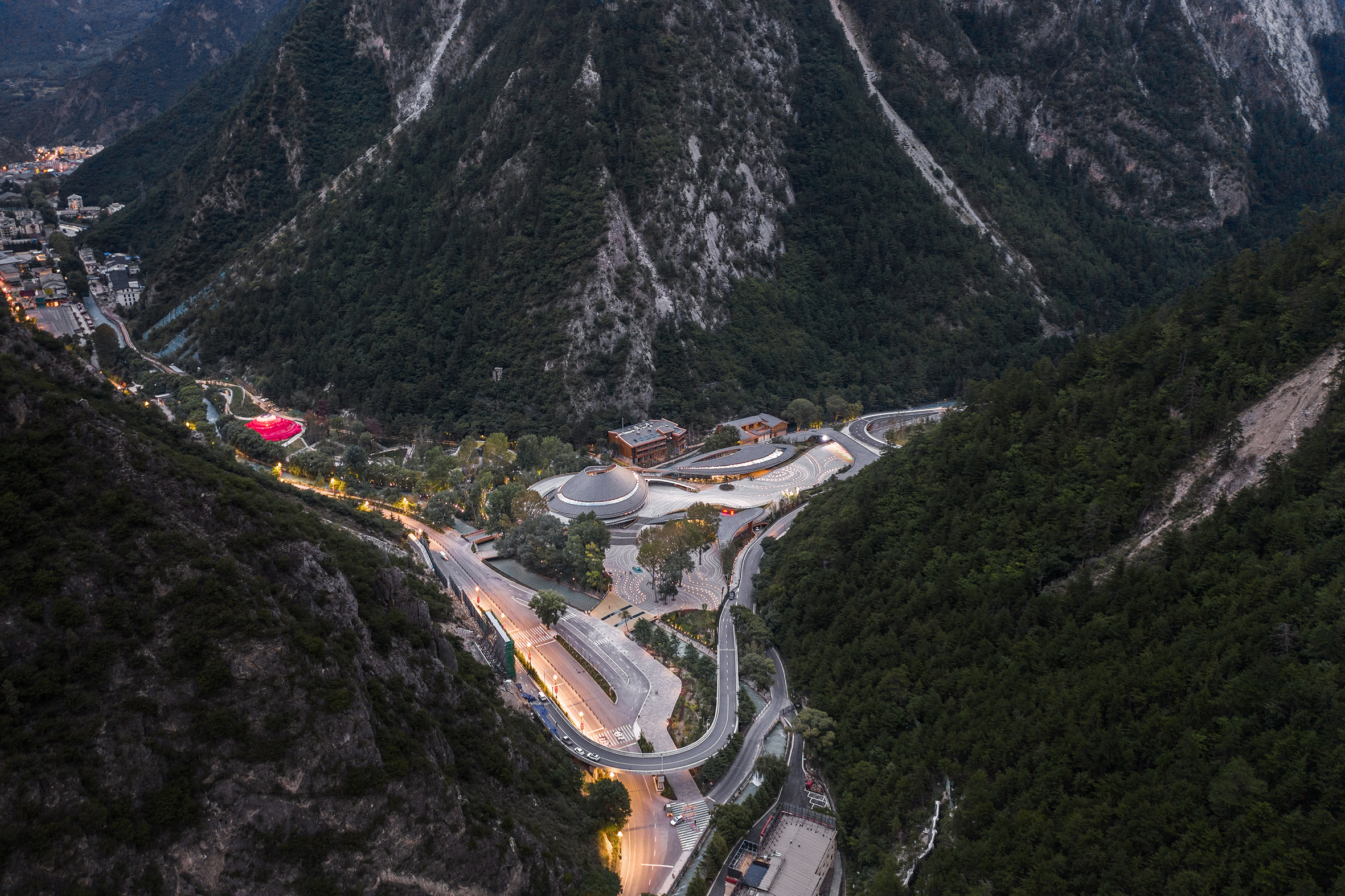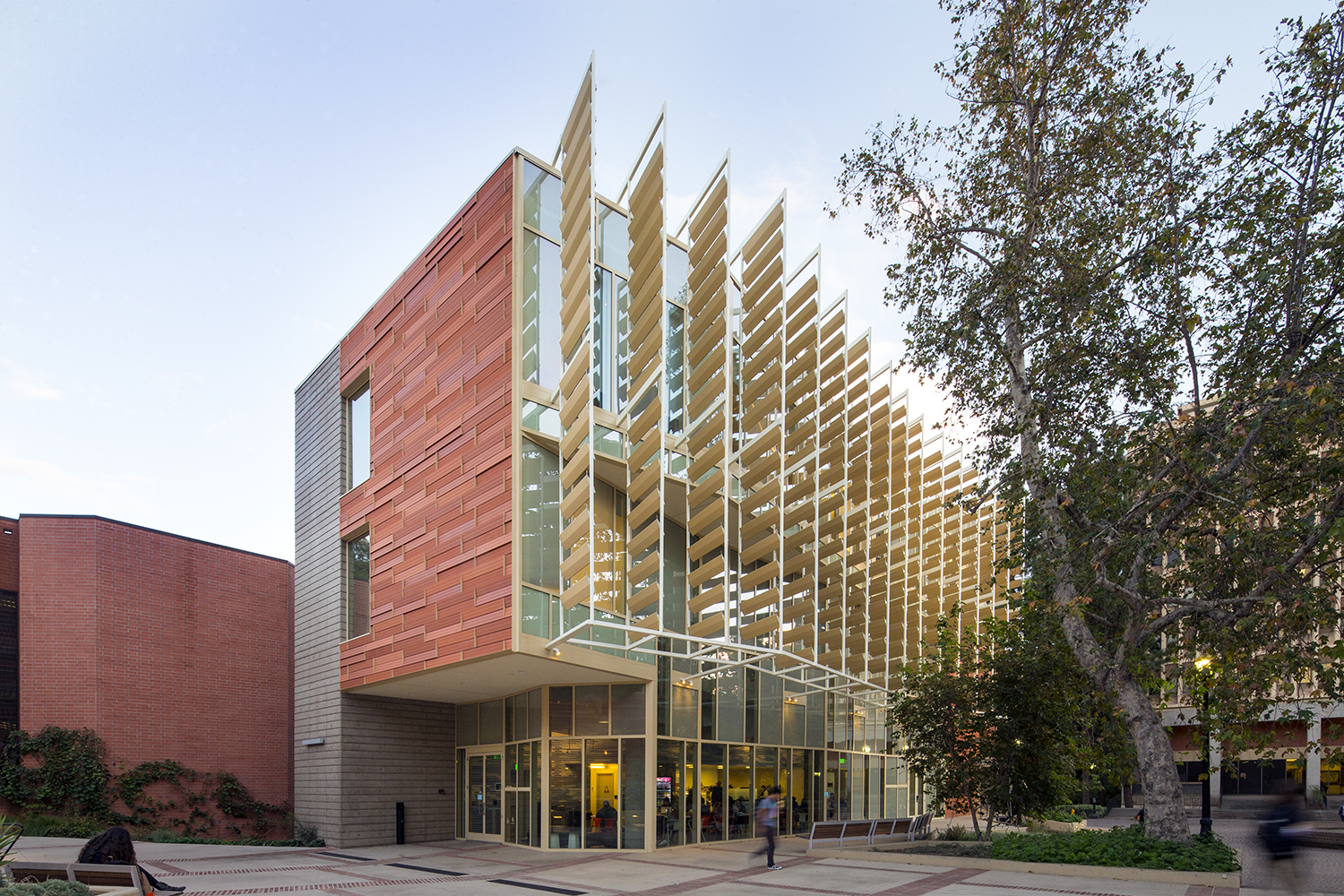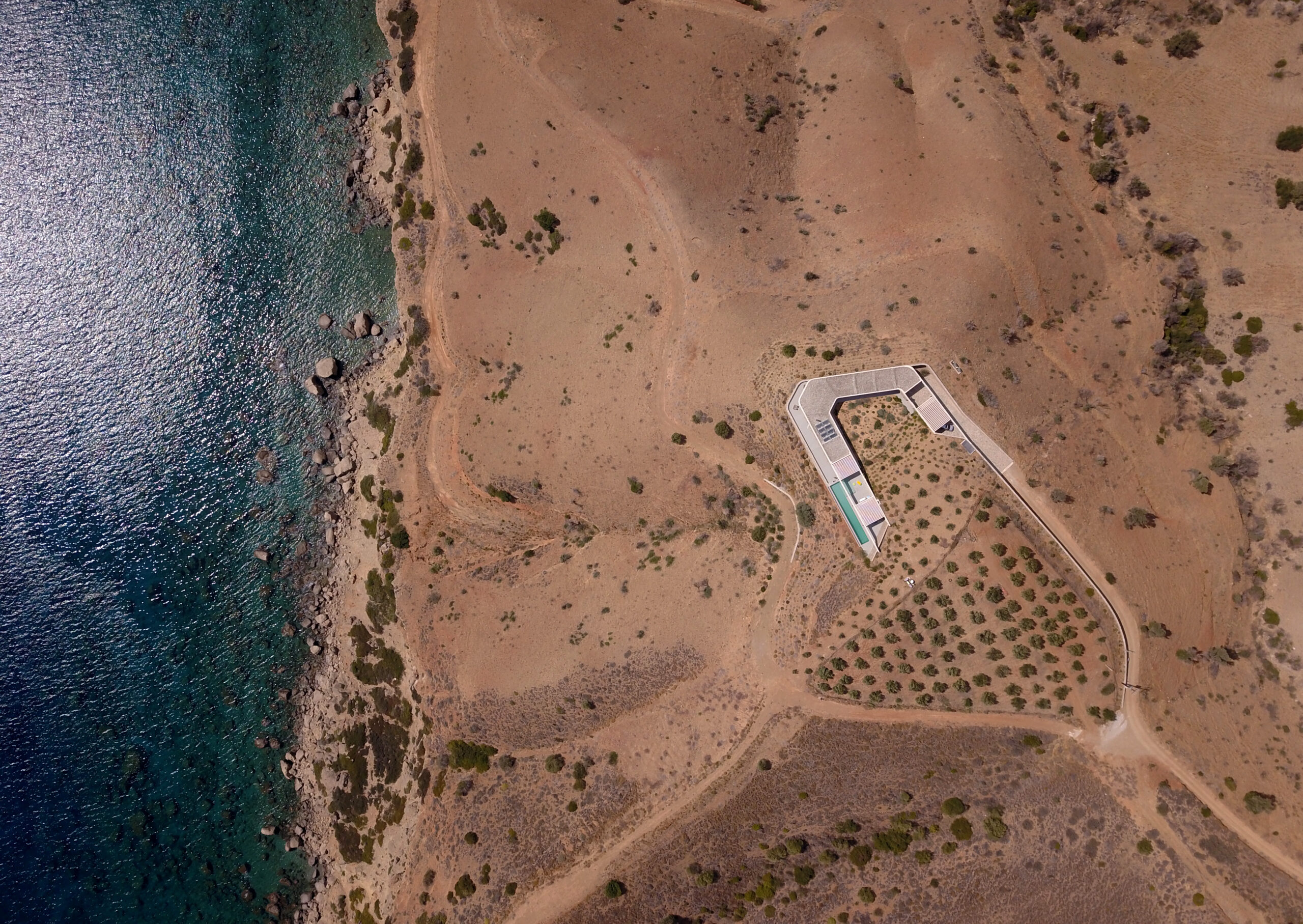We are thrilled to announce the winners of Architizer's inaugural Vision Awards, the world’s biggest awards program dedicated to the art of architectural representation. Sign up to receive future program updates >
In a world where attention spans are shrinking and world-spanning visuals dominate the digital landscape, capturing the imagination of audiences has become both an art and a science. While new techniques and strategies emerge daily, embracing the boundless potential of immersive digital narrative has leaped to the forefront, cementing itself as essential marketing across all industries — architecture is no exception.
Video content, which blends advanced technology, artistic vision and the human experience, has taken center stage, with architects, creative studios, videographers and marketing experts embarking on a journey to redefine the way we experience architecture and communicate its essence to our global audiences.
The thing is, the power of video above static image lies in its ability to elicit an emotional connection with viewers, engaging them on a visceral level. The complete domination of reels and TikToks on social media, despite the initial balk from many users, is hard to avoid.
Unlike photographs, video offers an experience packed with layers of sensorial stimulation, including pace, perspective, language and sound. Drone footage, time-lapse photography, voice over and virtual reality all exist within the realm of video creation, allowing architects and their collaborators to convey their ideas with unparalleled depth and nuance. These methods offer unique perspectives on the built environment and breathe life into architectural narratives, making them vastly more immersive and relatable.
The democratization of technology is a driving force behind the perceived creative renaissance. Accessible, high-quality hardware equipped with user-friendly software has empowered recent generations to experiment with video storytelling, fostering a culture of innovation and exploration. This freedom inspires creatives to push the boundaries of their craft, developing unique visual languages to share their stories in a more profound and relatable manner.
Take, for example, the incredibly well-established MAD, led by founders Ma Yansong, Dang Qun, and Yosuke Hayano. The visionary company uses incredible video to showcase many of their completed and proposed projects, employing drone footage, animation and music alongside visual storytelling to capture the intricacies and ambition of their projects beautifully.
The same can be said for the Danish design and research company 3XN/GXN. The innovative practice believes that architecture shapes our behavior, and their talented use of video production regularly showcases the complexities and intentions of their projects in digestible segments of engaging and exciting content.
Unsurprisingly, collaboration plays a crucial role in this new wave of architectural storytelling. While we often like to believe we are experts in everything, architects benefit from joining forces with creative studios that are at the top of their game. Squint/Opera, who operate from London, Dubai and New York, specialize in digital media across the architectural landscape. Having worked on over 600 architectural and master-plan projects in over 30 different countries, the team are experts in immersive video creation, capturing the complex designs of architects, their role as dynamic public spaces, and brand values using photorealistic renderings, animations, curated footage and expert sound design.
When discussing the birth of their craft and why what they do see to resonate so successfully with the architectural audiences they work with, director of Squint/Opera Matt Quinn said:
“Squint/Opera was born inside the studio of Will Alsop, a radical British architect who had little interest in presenting architecture in any conventional way. One of our early works with Will, Picture a City (Bradford), is part of the permanent collection at Moma. In the early days, we never took anything very seriously and were just excited by the advent of lightweight digital cameras and the ability to edit on a laptop. But our work really resonated with the industry and suddenly, we were flying all over the world making films about ambitious futuristic projects for cutting-edge architects.”
“We’ve always approached our work in this medium as filmmakers and follow that process quite closely. Scripting, storyboarding, shooting, editing and mixing. Some people confuse what we do with visualisation, but that’s an oversimplification, in fact we outsource the vast majority of any 3D visualisation we might need to produce a film.”
“The technology available for us to create our films has continuously changed over the years, but in the last two to three we’ve experienced rapid advancements, especially with gaming engine integration into the process of filmmaking. This has taken what we can do to an entirley diferent level of immersion.”
In October 2022, Squint/Opera was acquired by Journey, a private equity-backed super group of creatives helping brands to create next-gen virtual, digital and physical experiences. These pioneers are not only transforming the way we experience architecture but also reimagining the very nature of storytelling itself.
As architects delve deeper into the possibilities of video, they continue to explore the potential of various styles and technologies, each adopting and embracing the style that speaks to their brand and brand values. Understandably one of the most popular and resourceful is 360-degree video technology. This video style brings interactive, panoramic experiences into homes and offices, allowing architects to showcase their designs from every angle.
Having such variable and adjustable perspectives provides viewers with a deeper understanding of a project’s intricacies and promotes a sense of immersion that engages audiences on an emotional level. The use of VR in architectural presentations not only enhances the viewer’s understanding of spatial relationships and materiality but also fosters a sense of wonder that is difficult to achieve through conventional means. Additional supporting technology based around virtual reality (VR) takes this immersive experience to the next level, enabling clients and stakeholders to explore a design in greater depth than they have ever been able to before.
The future of architectural storytelling promises great innovation, as technology continues to advance and creative professionals embrace new forms of collaboration. Workshops, conferences and online resources provide continuous learning opportunities, fostering a spirit of growth within the architectural community. Looking forward, the role of video and immersive technology in architecture is expected to continue evolving. Augmented reality (AR) promises to revolutionize how architects present their designs, overlaying digital information onto real-world environments for an interactive, contextual experience. Developments in artificial intelligence (AI) and data analysis tools will pave the way for responsive, adaptive environments that can be adjusted in real-time within video presentations.
The world of architectural storytelling is experiencing a renaissance, propelled by innovative techniques, groundbreaking technology, and collaboration between architects, creative studios, and videographers. By embracing the power of video and immersive technology, they are creating a world where architectural stories are brought to life in vivid detail while forging a new path for the industry — one that is filled with innovation, engagement and, above all, imagination that invites audiences to embark on a journey of discovery, wonder and inspiration.
We are thrilled to announce the winners of Architizer's inaugural Vision Awards, the world’s biggest awards program dedicated to the art of architectural representation. Sign up to receive future program updates >









